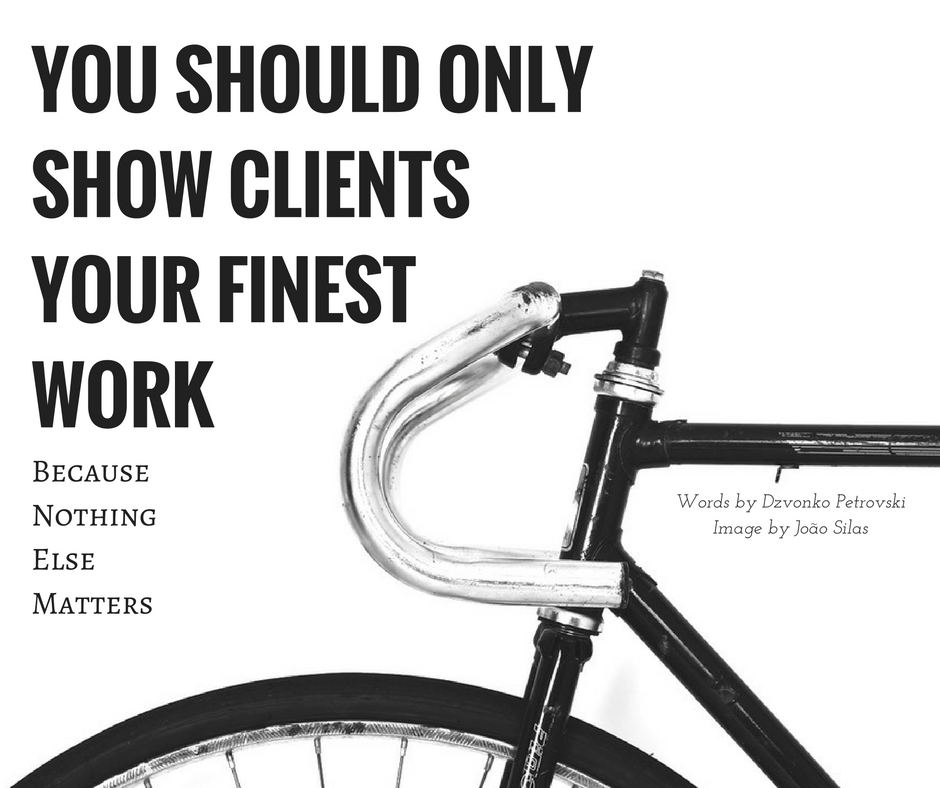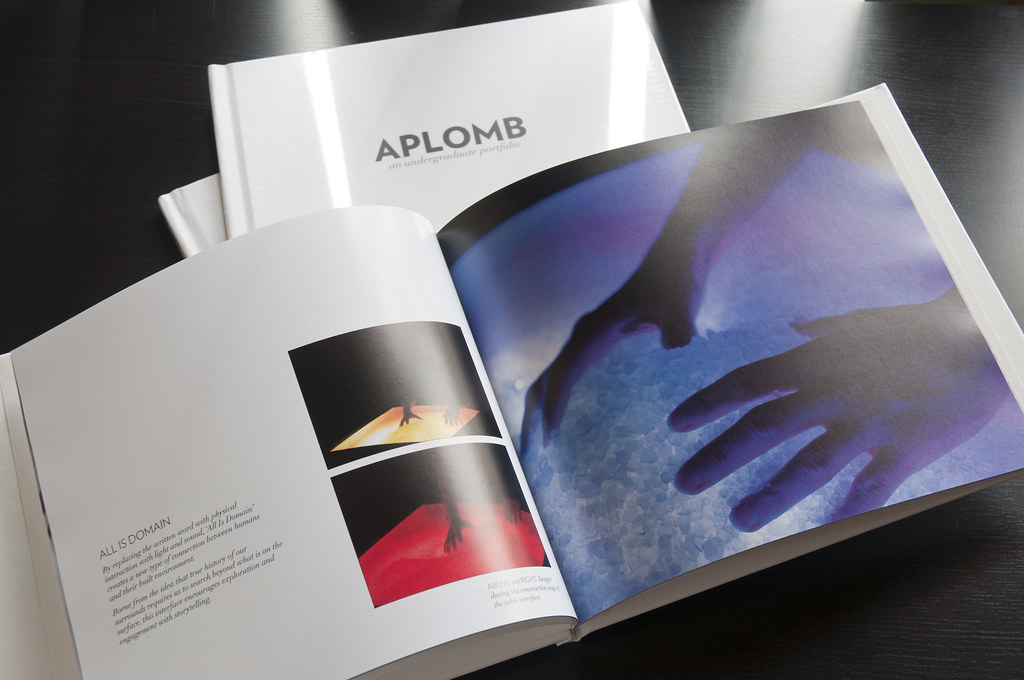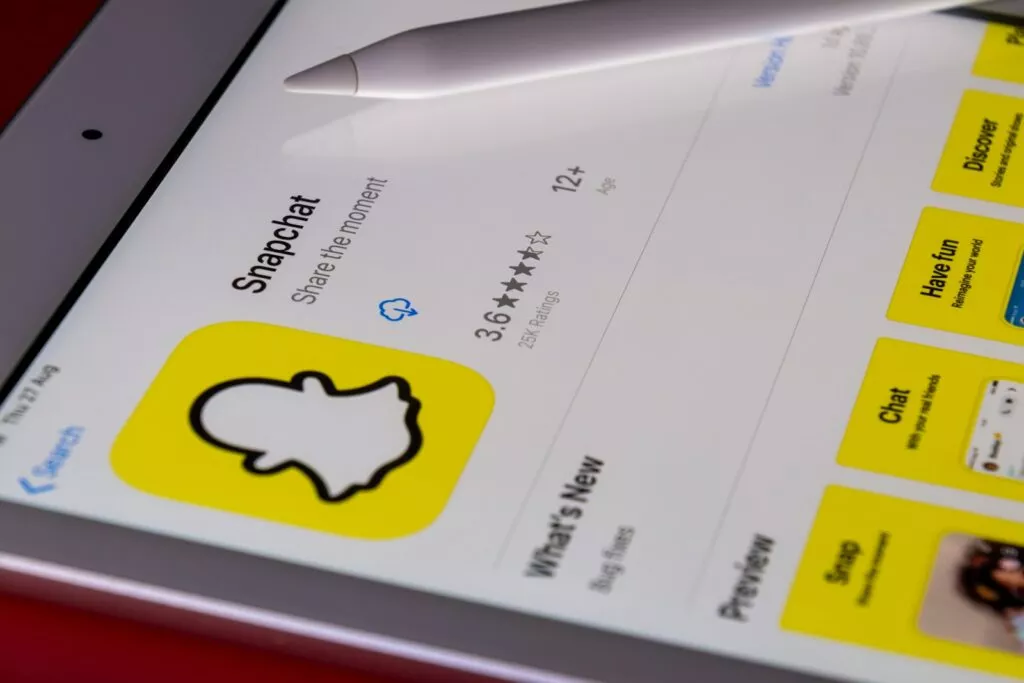Clients Need Only See Your Best Photography Work!
One of the things about photography that I had to learn the hard way, is keeping the unsuccessful shots for yourself.
My big tip of the day: Never make the mistake to show all the shots you have made to the client or in a portfolio.
Clients never usually understand that photography is often a “hit and miss” business. They likely don’t understand too that on average, from 100 shots you’ll have only around 10 keepers.

As far as I know, and according to the few studies I’ve read, it is all about perception. If the client knew that you have 10-20% success rate, he would certainly think twice about hiring you with a frame of mind which might say
“So, if he shoots 200 images at my 1-hour event, he would probably miss 80% of the crucial shots.”

Of course, talking to photographers, we know this is not reality and there's no science or statistic to photography – it's art. This doesn't mean to be overly casual with your client and not provide some certainty and confidence in your abilities either.
Is That Really the Thing?
The thing that they perhaps won’t understand is that from, let’s say, 20 crucial moments you’ll make 10 photos for each moment and you’ll have at least one keeper from each moment. Therefore the client will have what they paid for, but they don’t realize they will.
However, when you start explaining the principle, you are starting to sound as if you're defending an already pointless argument because not many people will understand the photographer's process.
That's why you shouldn’t show anything less but the best shots when you present your portfolio to the client. It is better to show 20 awesome images, than 200 average ones or bad ones. That’s my theory, at least. You may disagree?

How Does all This Work in Practice?
First up, when you're at an event, shoot what you need to shoot and keep the images for yourself, you can show one or two via the LCD display on the camera, but under no circumstance load the pictures on a computer in front of the client or a crowd.
Take the images home, select the keepers. Then edit the good ones and then show them to your client. What you can’t see can’t hurt you, right?
When the client sees only the best images, the other 80% are instantly forgotten. They got what they needed, a job well done. Incidentally, this is a good reason for you to always shoot more pictures than you think it would be enough. Always.
Your Portfolio
If you are to make a portfolio, don’t opt for just one portfolio which will be general for every application you send. That might work from time to time with clients that have attention span bigger than the average Joe.
But if you are applying for a clothing company, and you send a portfolio of 50 images where only 5 are images containing people, you won’t probably get the job. You must adapt your portfolio to the needs of the application, so just bear this in mind.

The same principle applies to the microstock photography business. If you are shooting stock photography don’t send all of the images, send only the very best ones.
Many photographers I know shoot for more than one stock photo site, for example, they send 20 of their finest images for the site that yields the best results i.e. their most preferred or highest income generator, say 15 of those get accepted, 5 get rejected.
The 5 of those go to the second best site for them, and so forth.
Summary
Whenever you are using and showing your photographs, the principle remains the same: quality over quantity. That will work any day of the week. There are no exceptions. Anyone that needs any kinds of photographs will be asking for quality over quantity.
Understandably, they are interested in ‘X' amount of top quality images, all they need to know is whether you can, or can’t do it. Really, it's as simple as that.
If you aren’t working by this principle, you should try. I’m sure you’ll see the results improve. If you are already working like this, you can share your experiences in the comment sections below as a testimonial to the principle.
Top Takeaways
- Try to remember that your client is unlikely to understand the principle of only taking 20 high-quality photos out of 100, so it's best to ensure they're only aware of the best photos you have produced.
- Adapt your portfolio when approaching new clients with work that is relevant. This may seem like a no-brainer, but you'd be surprised! Mainly this is because it's all too tempting to show off your other amazing work.
Further Resources
- Photographers Must Put THESE Techniques In Their Portfolio by Jason Row
- 7 Essential Considerations for a Winning Photo Portfolio by Jason D. Little
- 4 Ways You Can Be Your Best Photography Teacher – That You Knew All Along! by Dzvonko Petrovski
Further Learning
Whether your portfolio is people, events, fine art or landscapes – there are ways to improve your style and develop new levels of creativity and skill. Welcome to “Learning Landscape Photography” with Photzy.
Get the Professional Secrets that Will Transform Your Landscape Photography from “Ho-Hum” to “Hot-Stuff”, Fast!





2 Comments
When I shoot a wedding when I’m prepping files to give to a client I tend to get in the mindset of “I’ve shot it, I’ve edited it, they might as well have it.” So I end up giving them hundreds of photos, same with models too, even on TFP shoots, though for the paying clients I will typically give them a few prints (usually polaroid style) of my favourites. I suppose that meets this “only the best” idea half way.
I like the idea of “polaroid style” prints – nice touch, Andy.